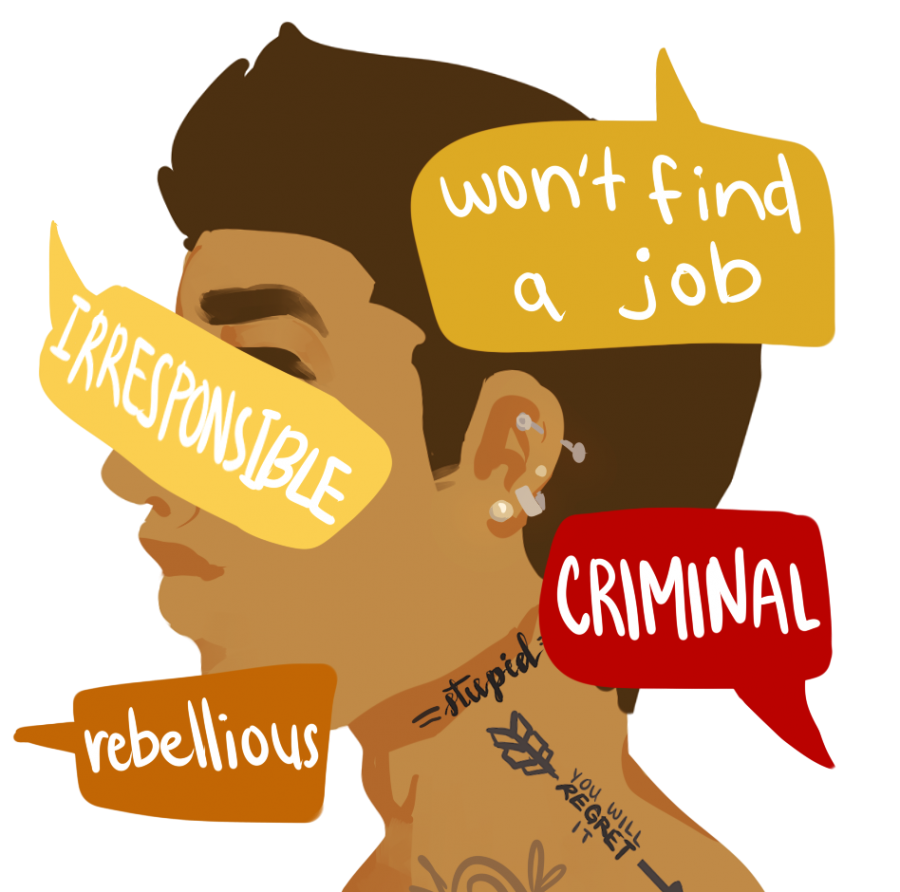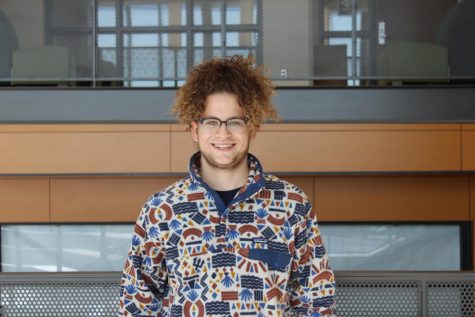Is it safe to go below the cuff for tattoos?
May 15, 2019
The vast majority of the students at Edina High School will turn 18 before they graduate, and though it’s legal for them to get a tattoo, it isn’t common. The widely shared disapproval of tattoos among parents, an arguably unfair view, limits the commonality of tattoos within the high school population. Some of the most artistic and creative minds are the ones currently in the classrooms, but they cannot share their artistic ideas to the world via ink and skin.
The issue is the stigma attached to tattoos, and how it affects the way parents feel about their children having them. The stigma is an assumption based on insufficient information. Whether through association with criminal activity or late-night drunken mishaps, it can discourage people from getting tattoos. The issue is that in the eyes of the disapprovers, the few people who make regretful tattoo choices represent tattoo culture as a whole. It’s the classic situation of “the bad apple spoils the bunch.” What should be judged isn’t the fact that someone has a tattoo in general, but rather what the tattoo depicts. Tattoos and the art within them are subjective to each viewer, so you should be respectful whether you like their tattoo or not. If parents can see tattoos this way, they may feel differently about them. High schools could have more tattoo art throughout their hallways, and the world would consist of more self-expression and creativity.
For example, Isaac Horstman, a senior at Edina High School, talked about his journey towards getting a tattoo. “My brother had some, my mom had some, and so I wanted one,” Horstman said. “My mom had recently gotten a new tattoo that has a semi-colon, which is the sign for suicide awareness and prevention, so I decided I wanted to incorporate that into my tattoo design since I lost one of my friends to suicide, and I wanted to represent him.”
His decision to get a tattoo of something that meaningful to him is mature. He can remember his friend, and at the same time he can share creative art with the people around him. “That just ties in a deeper meaning for me,” Horstman said.
This leads to a good point: tattoos are permanent, so it can be a smart idea to think it over before marking yourself for life. “I set that image to the background of my phone and I left it there for basically a year and a half. I told myself that if I still liked it as much as I did when I set it by the time I took it off, then it would be smart enough for me to get it as a tattoo,” Horstman said. “I still like it as much as when I got it, so there’s no regrets. It was a lot of money, but if you’re going to invest in something permanent, you probably shouldn’t hold back.”
It is stories like these that illustrate how tattoos are a way to represent something meaningful through creative art. The art on Horstman’s arm holds meaning to him, and it’s deserving of respect. Seeing tattoos as the art that they are, no matter how you feel towards it, can erase the stigma surrounding it and open the door to a whole new world of creative artistic expression.



